What happens after UX interviews? Explore how an empathetic, user-centered design process takes shape step by step.
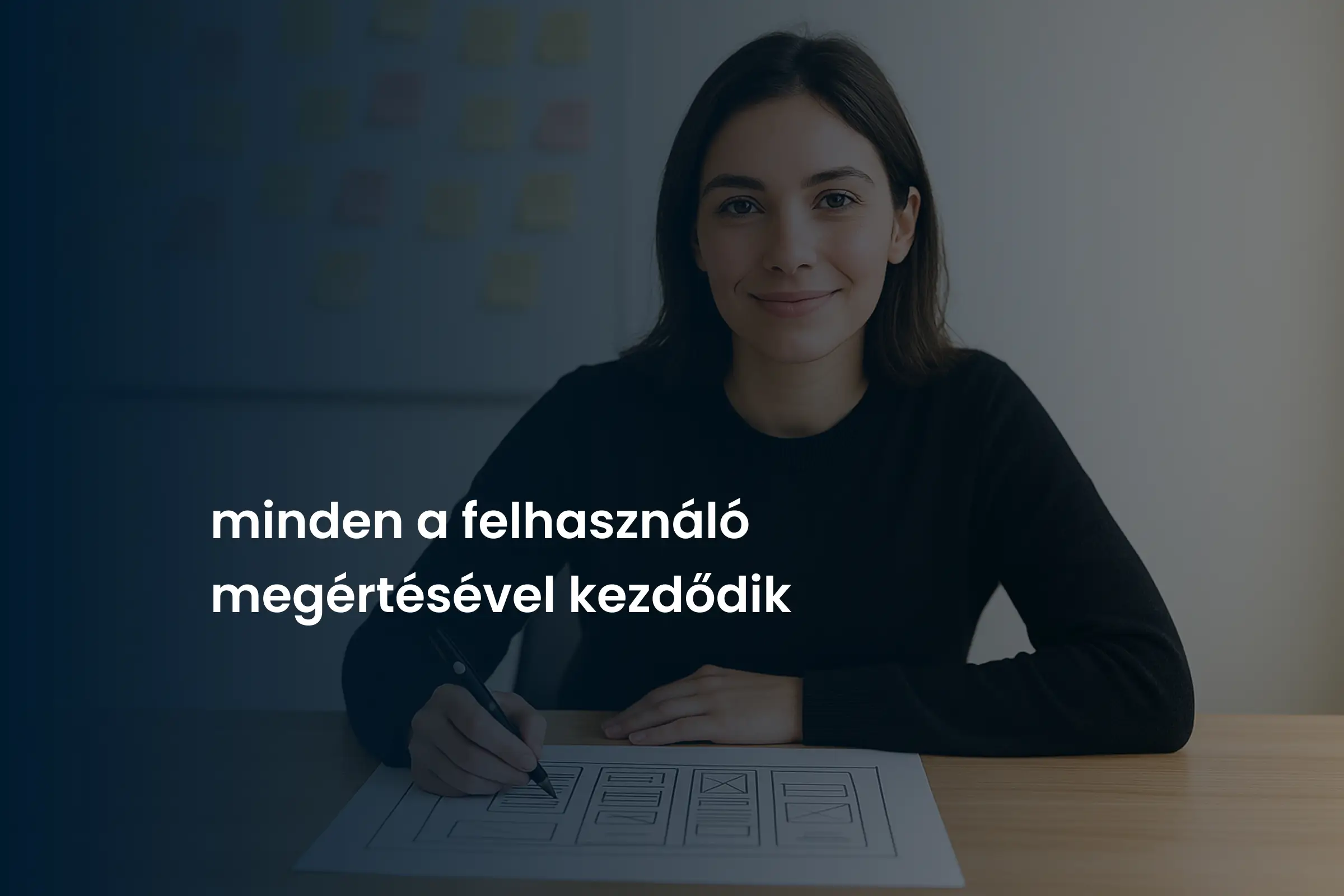
The Basics of UX Design: Understanding the User – What Happens After the Interviews?
The First Phase of My Google UX Design Course Project – Research, Empathy, and Defining Direction
Many people think UX/UI design is primarily about visuals — the look, the interactions, the small animations that make an interface come alive. But one of the most important lessons in UX/UI design is that great user experience doesn’t start with visuals — it starts with understanding the people who will use the product.
The first phase of my Google UX Design Course project is all about that: research, empathy, and learning to think in a truly user-centered way — long before a single pixel is placed on the screen. It’s not the most glamorous stage, but it’s the most critical. Like building a house: when the foundation is solid, everything else stands firmly on top.
In this article, I’ll walk you through the five key steps that define the first UX phase:
- 👤 User Persona – understanding your user
- 💬 User Stories – mapping goals and motivations
- 🗺️ User Journey Map – visualizing the experience
- ❗ Problem Statement – defining the focus
- 💭 Empathy Map – understanding the human side
Together, these form the research foundation of UX design, upon which every meaningful user experience is built.
👤 1. User Persona – Giving the User a Face
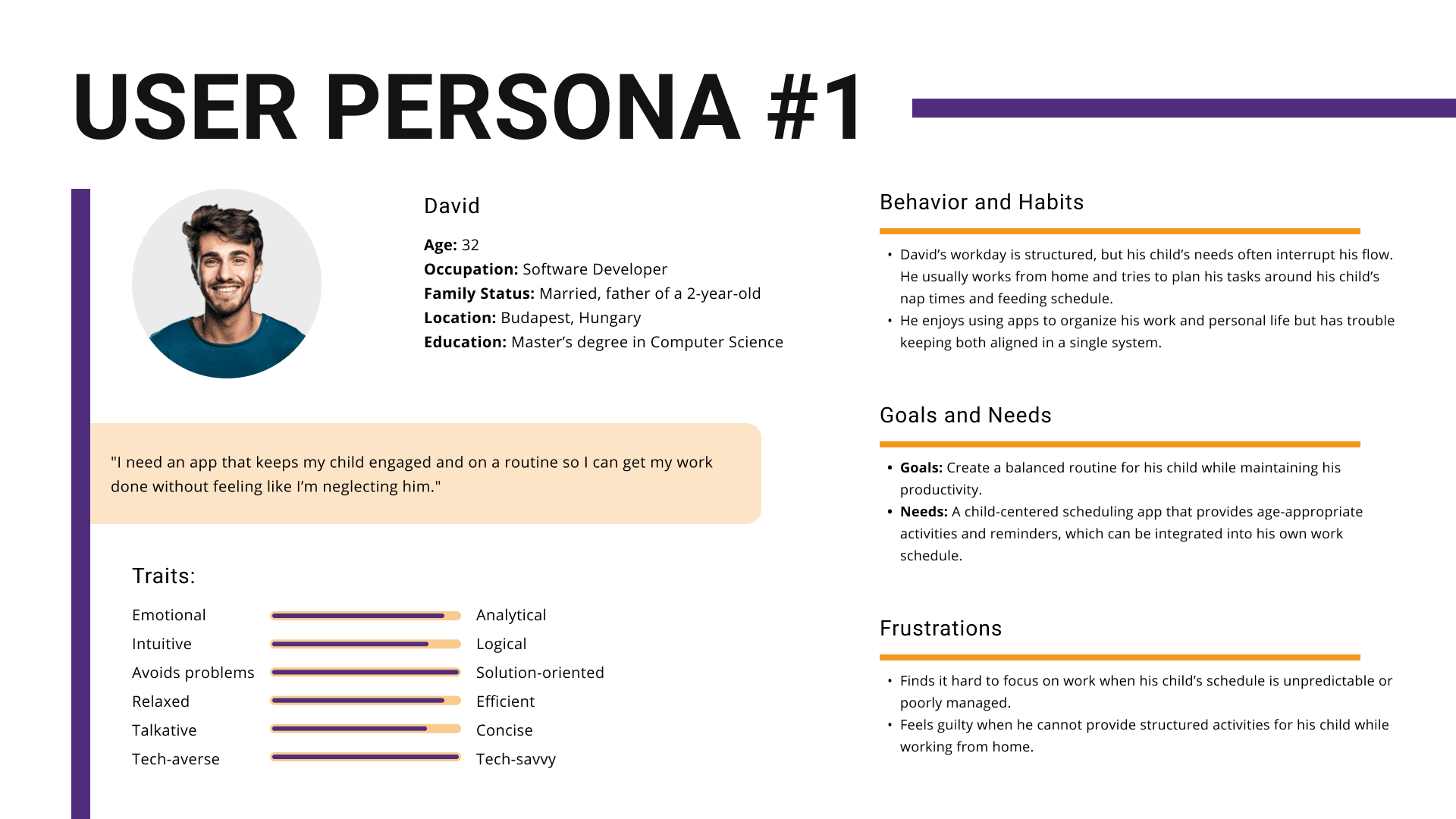
A User Persona isn’t just an imaginary character — it’s a representation of a real user group. Its purpose is to make our target audience tangible and relatable, helping us see who we’re designing for and what drives them.
In this project, I created four different personas, each representing distinct goals, habits, and lifestyles. This way, data collected during research doesn’t remain abstract statistics but becomes human stories.
A strong persona includes:
- Basic info (age, profession, lifestyle)
- Goals and motivations
- Pain points
- Quotes that reveal their mindset
The key realization during this stage was that design isn’t about us — it’s not about the designer’s taste or even solely the company’s interests. It’s about the user’s real needs. If that’s not clearly understood, even the most beautiful UI will remain surface-deep.
💬 2. User Stories – The Narrative of Goals
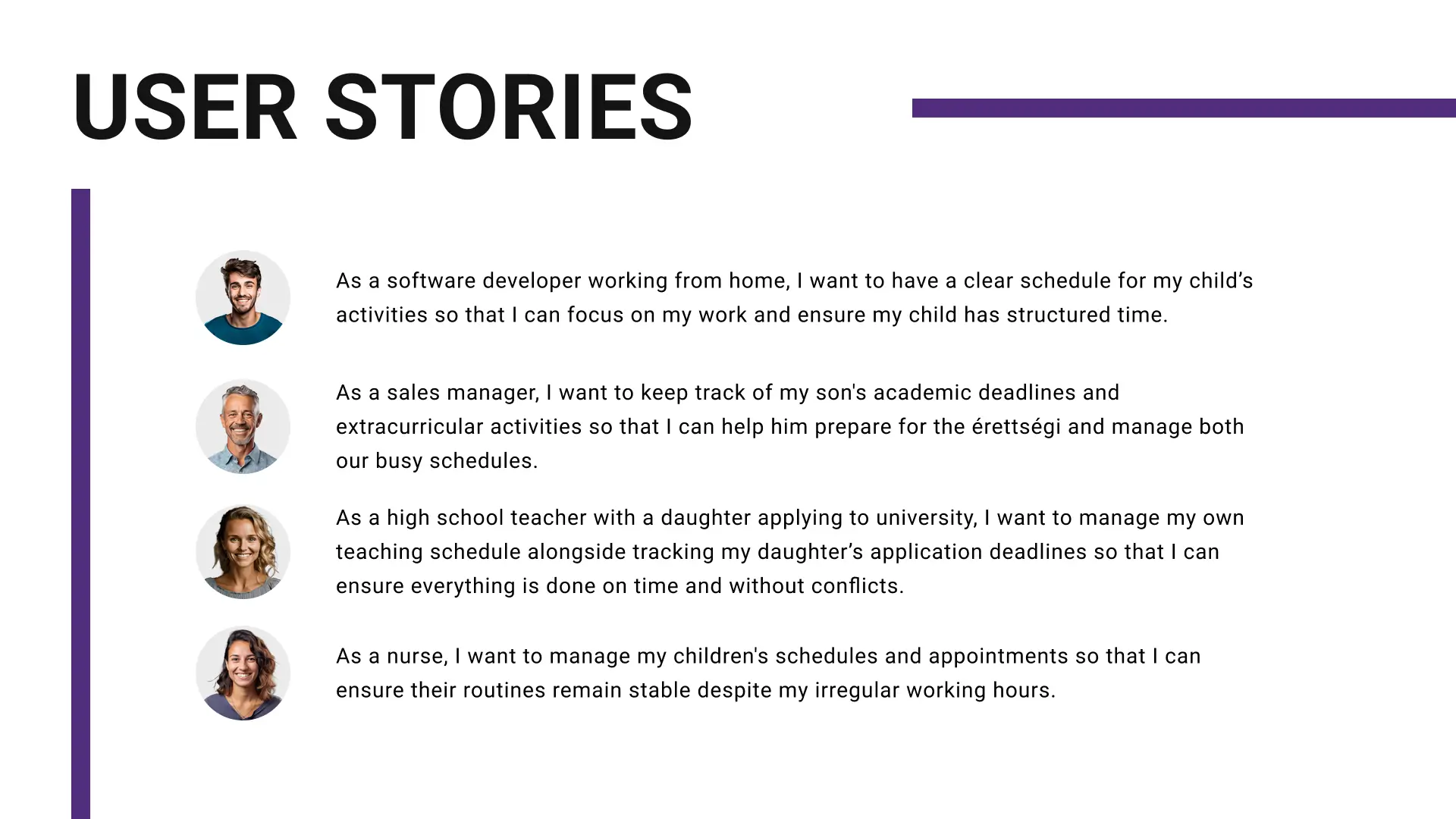
User Stories are one of the simplest yet most practical tools in UX design. They express user goals and motivations in short, structured sentences.
The familiar format:
As a [user type], I want to [goal], so that I can [reason].
This structure ensures the designer always remembers what the user wants to achieve and why. It prevents design and development from becoming self-serving — every feature has an underlying human reason.
In my project, these user stories helped me realize that users aren’t just looking for speed or efficiency — they also want emotional comfort. It’s not enough that something works; it has to feel good to use.
Later, these stories can be prioritized, helping to decide which features deserve the most attention during development.
🗺️ 3. User Journey Map – Visualizing the Full Experience
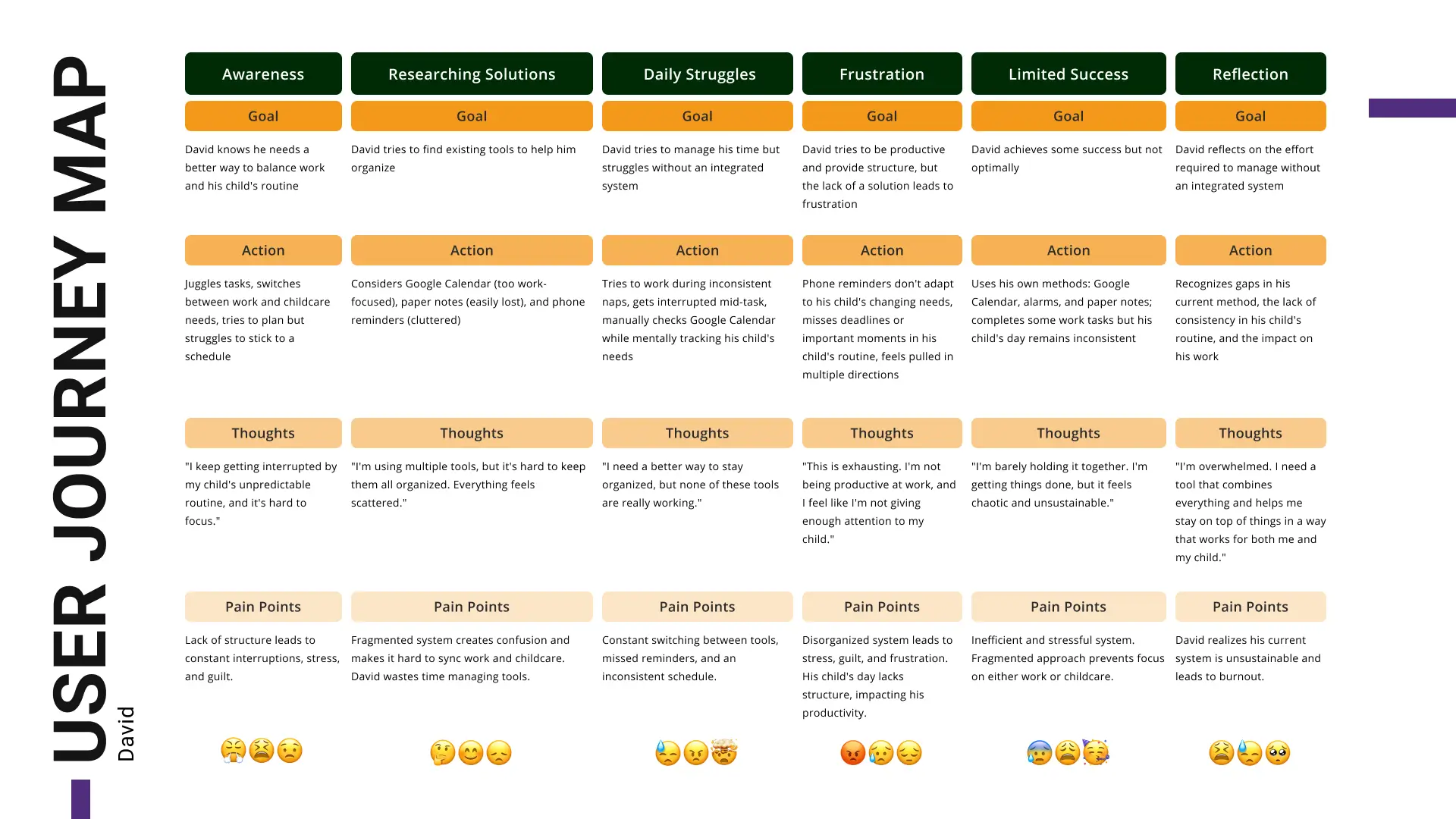
The User Journey Map is one of the most powerful and inspiring UX tools. It helps visualize how a user moves through a process — what steps they take, what they think, what they feel, and where they encounter friction.
In this project, the journey map clearly revealed that users don’t think linearly — and that frustrations often appear in unexpected places. A well-constructed journey map highlights the key moments where improving UX can make the greatest impact.
The stages in the journey are not only logical but also emotional. Small frustrations, moments of anticipation, or pleasant surprises all contribute to what the user perceives as an “experience.” A good designer tunes these subtle moments — this is how truly intuitive, natural usability is achieved.
❗ 4. Problem Statement – Defining the Focus
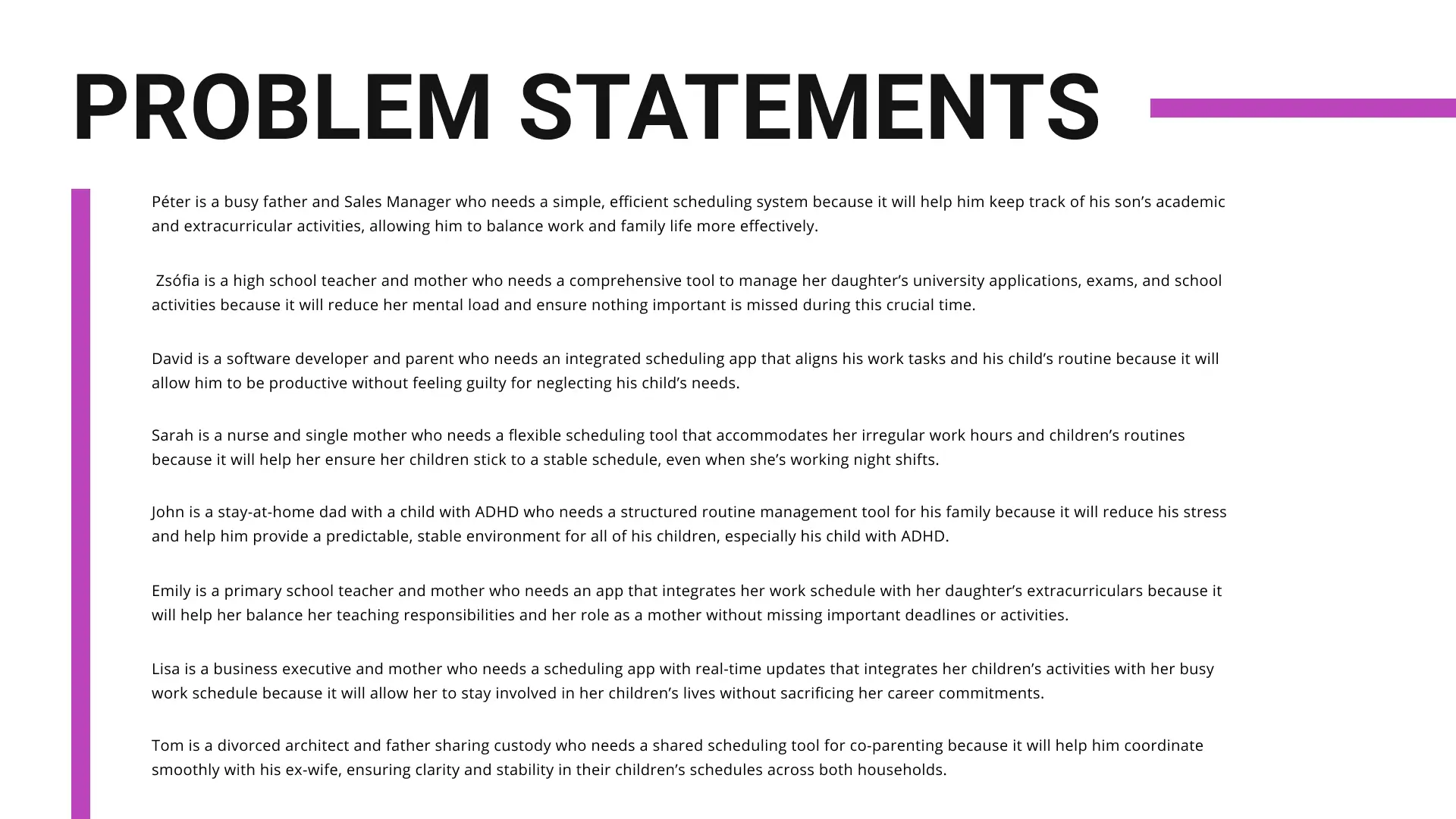
By the end of the research phase, you have tons of data, insights, and observations. To turn this into a clear design strategy, you need to filter out the essence. That’s where the Problem Statement comes in — a concise definition of what truly matters.
It answers three key questions:
- Who is the user?
- What is their main challenge?
- Why does it matter to them?
The goal is to anchor every future design decision to this statement. When the problem is well defined, the solution becomes self-evident.
In my case, the problem statement helped me go beyond symptoms and address root causes: it’s not enough to fix a feature if the underlying process is emotionally exhausting or confusing. This mindset shift allowed me to design UX that works not only technically but also emotionally.
💭 5. Empathy Map – The Depth of Understanding

The Empathy Map is a visual framework that helps us truly step into the user’s shoes. It revolves around four core questions:
- What does the user say?
- What do they think?
- What do they feel?
- What do they do?
This is more than analysis — it’s a shift in perspective. The goal is to design not only correct functionality but also emotionally resonant experiences.
While creating the empathy map, I realized that most frustrations didn’t come from technical barriers but from users feeling unsupported. A small visual feedback, a thoughtful message, or a well-placed CTA can mean more than a new feature.
Empathy isn’t an add-on — it’s the engine of UX. If we don’t understand people, we can’t design for them — we just add another layer to the noise.
🧩 In Summary – The True Power of UX Design
The first phase of my Google UX Design Course project taught me that design isn’t about aesthetics — it’s about understanding and solving real problems. Research, empathy, and data-driven thinking aren’t separate steps — they’re the foundation of the entire process.
The UX design process — starting with research, empathy, and definition — ensures that later visual decisions are intentional, not accidental. When designers truly understand their users, design becomes more than a tool — it becomes experience creation.
This is the moment when a designer stops creating screens and starts building connections — between users, clients, and brands. Where strategy, empathy, and creativity converge. And that’s the moment when design truly comes to life.
That connection is what separates good UX from exceptional UX. Because in the end, every product, every interface, and every process is built on one foundation: the human we’re designing for.
If you’d like to see how this looks visually, check out the full project on Behance: Bettina Farkas UX/UI Case Study on Behance

